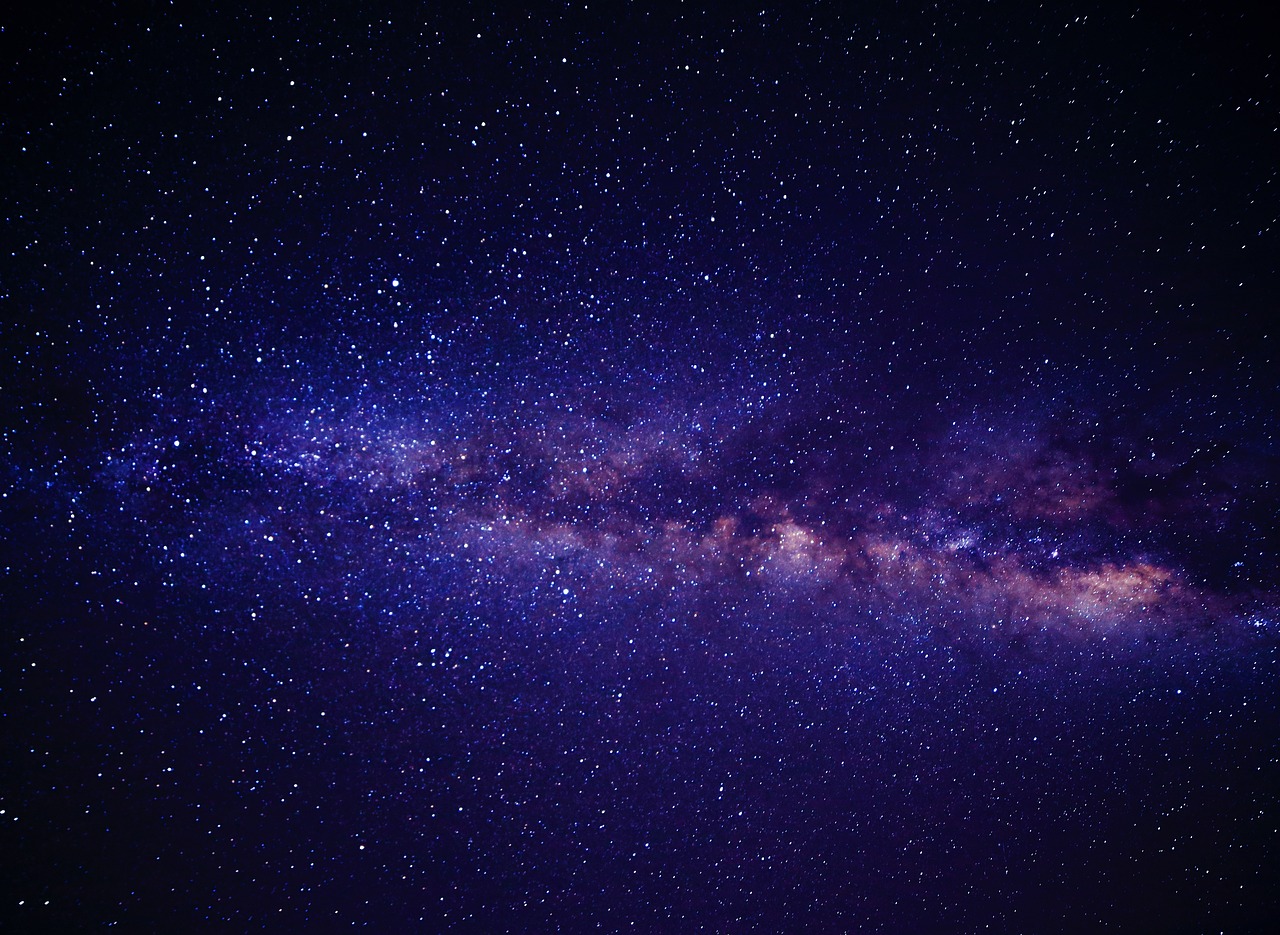A new animation from NASA shows once again how small we actually are – when we compare ourselves to supermassive black holes. These celestial bodies are found at the centers of most large galaxies, including our own Milky Way. They contain between 100,000 and 70 billion times more mass than our Sun.
Black holes merge with each other
“Direct measurements, many using the Hubble Space Telescope, confirm more than 100 supermassive black holes,” says Jeremy Schnittman, a theorist at NASA’s Goddard Space Flight Center. “How can they get so big? When galaxies collide, their central black holes may also merge.”
The new NASA animation (above) shows ten supermassive black holes located at the centers of galaxies. Included is the Milky Way black hole and that of the gauniverse87. Here is the complete listing:
1601+3113: The black hole of a dwarf galaxy has the mass of about 100,000 suns, but is slightly smaller in size than our Sun
Circinus galaxy: The Circinus galaxy is one of the closest galaxies to the Milky Way with a distance of 13 million light years. The central black hole is part of the active galactic nucleus, a region that emits an unusual amount of radiation.
M32: Messier 32 or M32 is also located at the center of a dwarf galaxy. Its mass is estimated to be between 1.5 and 5 million solar masses.
Sagittarius A: Sagittarius A star (as it is pronounced) is the supermassive black hole at the center of the Milky Way. It has the mass of about 4.3 million suns and its shadow diameter is about half the orbit of Mercury in our solar system. NGC 7727 (small) and NGC 7727 (large): The galaxy NGC 7727 has 2 galactic nuclei, both containing a black hole. The black spots are 1,6ht-years apart and will merge in the next 250 million years. They have a mass of 154 million and 6.3 million suns, respectively. Andromeda: In the center of our neighboring galaxy is a supermassive black hole with the mass of about 100 million suns. Cygnus A: Cygnus A is one of the brightest radio galaxies and was already discovered in 1939. The black hole there has a mass of about 2.5 billion suns, but it is suspected that there could be a second supermassive black hole orbiting the first one. M87: M87 or M87 (M87 star) is about 5.4 billion solar masses. Its shadow is so large that even at the speed of light it would take 2.5 days to get from one end to the other. For comparison, the distance from the Sun to Pluto is about 5.5 light hours.4
TON 618: The most massive black hole probably contains 66 to 70 billion solar masses. A beam of light would take a week to pass through its shadow.
Black holes cast shadows
Incidentally, the shadow of a black hole is about twice the size of the so-called event horizon. Any light that crosses this event horizon is trapped forever. Any light that gets near it is deflected by the black hole’s strong gravity, creating a shadow of sorts.
This post has already been read 3792 times!



